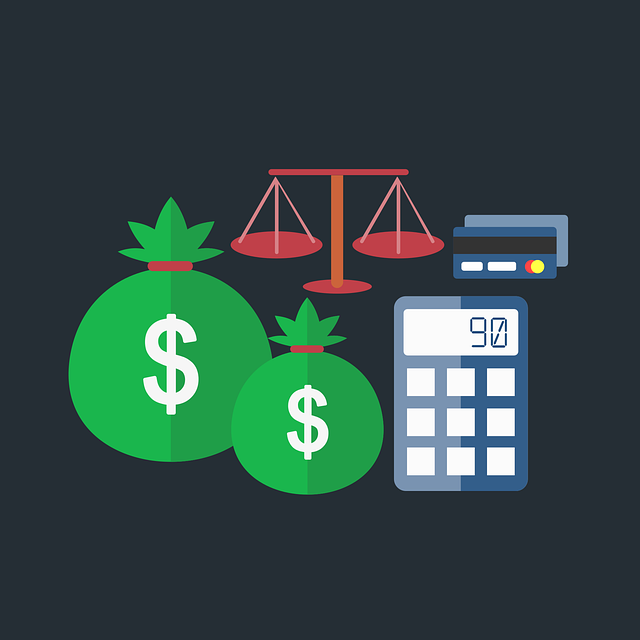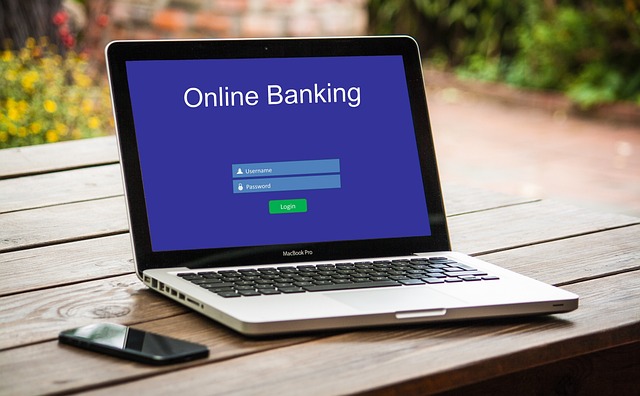In a competitive lending sector, traditional banks and online lenders cater to different needs. Banks offer stringent but diverse loan products suitable for various circumstances, while online lenders provide accessible, tailored alternatives, empowering individuals with flexible financing options. Alternative loans, such as peer-to-peer and crowdfunding, offer quicker access and unique terms but may have higher rates. Borrowers should research alternative financing extensively, comparing interest rates and tailoring choices to their financial goals, weighing short-term gains against long-term credit impacts.
In today’s financial landscape, understanding loan offerings from banks and online lenders is crucial for borrowers seeking funding. This article navigates the evolving world of credit, exploring traditional banking versus online platforms and their respective loan types. We delve into eligibility criteria, uncovering alternative financing options tailored to diverse borrower needs. By comparing advantages and disadvantages between online and bank loans, readers will gain insights to make informed decisions, leveraging the best of both worlds for their financial journeys. Key focus: alternative financing, alternative loans.
- Traditional Banking vs. Online Lenders: Understanding the Landscape
- Types of Loans Offered by Banks and Their Eligibility Criteria
- Exploring Alternative Financing Options for Different Borrower Needs
- Advantages and Disadvantages of Online Loans vs. Bank Loans
- How to Compare Loan Offers and Make Informed Financial Decisions
Traditional Banking vs. Online Lenders: Understanding the Landscape

In the realm of loan services, traditional banks and online lenders have carved out distinct territories, presenting different options for borrowers seeking financial support. The rise of alternative financing has significantly reshaped the lending landscape, offering a more diverse range of choices beyond the conventional routes of bank branches. Online lenders, with their digital-first approach, have gained traction by providing accessible and efficient loan services, often catering to specific niches that might be overlooked by traditional banks.
Traditional banking institutions have long been the go-to sources for loans, known for their rigorous processes and comprehensive range of financial products. However, they typically operate within a rigid framework, requiring extensive documentation and strict eligibility criteria. In contrast, online lenders embrace flexibility, leveraging technology to streamline applications, offer faster approvals, and cater to diverse borrower needs. This shift towards alternative financing has democratized access to capital, allowing individuals and businesses to explore loan options tailored to their unique circumstances.
Types of Loans Offered by Banks and Their Eligibility Criteria

Banks offer a variety of loan products catering to different financial needs and goals. Traditional loan types include personal loans, home mortgages, auto loans, and business loans, each with specific eligibility criteria. For instance, personal loans are unsecured and suitable for various purposes like debt consolidation or vacation funding, while meeting basic requirements like a steady income and creditworthiness.
Beyond conventional banking, alternative financing options have gained popularity. Alternative loans, also known as non-bank loans, include peer-to-peer (P2P) lending, online market lenders, and crowdfunding. These platforms offer flexible borrowing terms but may come with higher interest rates and unique eligibility criteria, such as strong online presence or specific industry expertise. They provide an alternative to traditional banking for those seeking quicker access to funds or non-conventional loan amounts.
Exploring Alternative Financing Options for Different Borrower Needs

In today’s financial landscape, borrowers have an array of options beyond traditional bank loans for their funding needs. Exploring alternative financing can be a strategic move for various borrower profiles and circumstances. For instance, online lenders often cater to those with less-than-perfect credit, providing access to short-term alternatives like payday loans or personal lines of credit. These options can be particularly useful for immediate financial requirements, offering quicker turnaround times compared to conventional bank loans.
Additionally, alternative financing includes peer-to-peer lending platforms that connect borrowers directly with individual investors. This approach is ideal for those seeking longer-term funding for specific projects or ventures. Startups and small businesses might find more flexible terms and customized solutions from alternative lenders, fostering growth and expansion opportunities. Thus, understanding these diverse financing avenues empowers borrowers to make informed decisions based on their unique needs, be it short-term relief or long-term investment.
Advantages and Disadvantages of Online Loans vs. Bank Loans

Advantages and Disadvantages of Online Loans vs. Bank Loans
One of the primary advantages of online loans is their accessibility and convenience. Alternative financing options, offered by online lenders, can be easily applied for through digital platforms, often with faster approval times compared to traditional bank loans. This accessibility is especially beneficial for those who may not have time or the ability to visit a physical bank branch. Online loans also provide flexibility in terms of repayment schedules and loan amounts, catering to various financial needs.
However, bank loans come with several advantages, such as personalized service and deeper financial oversight. Traditional banks often offer more comprehensive support, including face-to-face consultations with lenders, which can be crucial for complex loan scenarios or borrowers who require guidance. Bank loans may also have lower interest rates, especially for those with strong credit histories, making them a cost-effective choice in some cases. Moreover, online loans, despite their convenience, sometimes lack transparent terms and conditions, while bank loans typically adhere to stricter regulatory frameworks, ensuring borrowers are fully informed about the loan’s details and potential consequences.
How to Compare Loan Offers and Make Informed Financial Decisions

When comparing loan offers from banks and online lenders, start by understanding the alternative financing options available to you. Don’t just settle for the first offer that seems appealing; research and evaluate each loan based on key factors like interest rates, fees, repayment terms, and borrower protections. Online platforms can make this process easier by allowing side-by-side comparisons of multiple lenders.
Consider the purpose of your loan and your financial goals. If you’re looking for a alternative loan to consolidate debt or fund a specific project, certain types of lenders might be more suitable than others. Weigh the pros and cons of each offer, considering both short-term benefits and long-term implications on your credit score and overall financial health.






